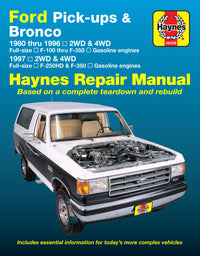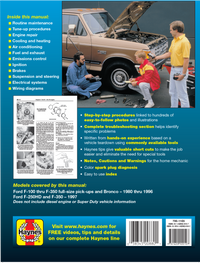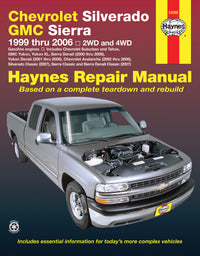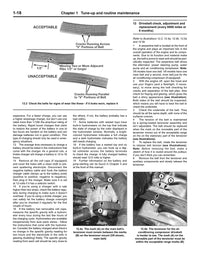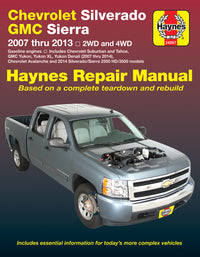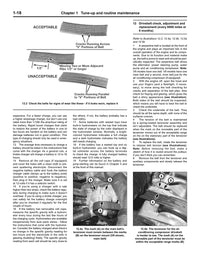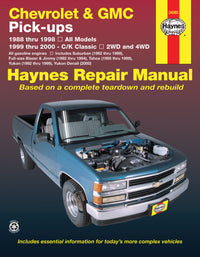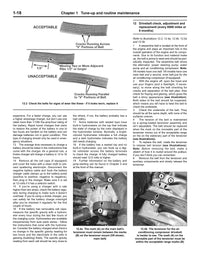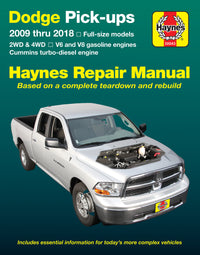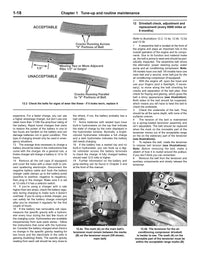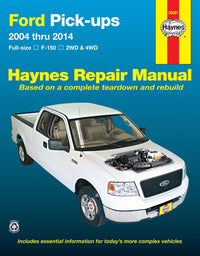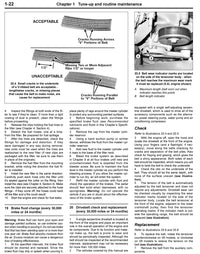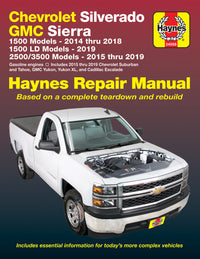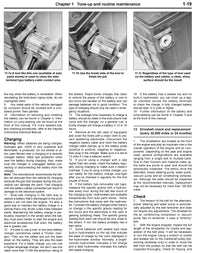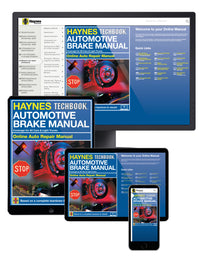Farmall isn’t just a tractor — it’s a symbol of self-reliance, mechanical simplicity, and lasting utility
We’ll say this: Few tractors blend form, function, and fixability like a Farmall. Whether you’re working one in the field or restoring one for the county fair, there’s real joy in keeping red iron running right — and that’s where the I&T manual comes in.
What Makes Farmall Tractors Iconic?
From the F-series in the 1920s to the lettered and numbered series through the 1970s, Farmall tractors helped define 20th-century agriculture. They were built with a unique mix of durability, simplicity, and modularity — making them perfect for both heavy fieldwork and at-home repairs.
Key Features That Made Farmalls Stand Out:
- Tricycle-style narrow front ends for tight row-crop turning
- Easy-to-remove belly implements for cultivating and mowing
- Robust gas and diesel engine options
- Clutch and transmission access without splitting the tractor
- Hydraulics and PTOs built for versatility
“Ask anyone who's used a Farmall M to plow clay or run a baler — they’ll tell you: it just works. And when it doesn’t, you can usually fix it with hand tools - and we like to think an I&T manual.” I&T Editorial Team
Farnmall Tractor Usage — and What Breaks as a Result
| Usage | Typical Wear or Failure Points |
|---|---|
| Row-crop fieldwork | Steering play, axle bushing wear, leaking rear seals |
| PTO implement use (mowing, baling) | PTO clutch wear, hydraulic valve stickiness, lift arm slack |
| Hobby and parade tractors | Carburetor varnish, charging issues, brittle wiring, dry wheel bearings |
| Light-duty hauling | Brake fade, pinion seal leaks, worn drawbars |
Farmall DIY Repairs You Can Handle
Farmall tractors are a DIY mechanic’s dream. They were built in a time when dealers were days away and breakdowns needed immediate, on-farm fixes. Here are the most common repairs we see, and how I&T manuals make them easy.
- Ignition System Overhaul (H, M, Super Series) - Replace points, rotor, condenser, and time it right
- Carburetors (IH updraft carburetors)
- Gasket kits are cheap — set float height, idle screw mix, and linkage.
- Clutch Adjustment or Replacement - pedal free play, clutch spring measurements, and step-by-step inspection procedures.
- Hydraulic Repair (Touch Control and Lift-All Systems) - Resealing control valves and diagnosing slow lift arms made easy with diagrams and troubleshooting tables.
- Brake Service (Band and Disk Types) - walkthroughs for removing drums or accessing internal brake discs
- Charging System and Magneto Diagnostics - Whether you’re running 6V or upgraded to 12V, diagrams show proper wiring and voltage output specs.
“You don’t need a degree to fix a Farmall — just a manual, some patience, and a good set of wrenches.” I&T Editorial Team
| Model Group | Years | Notes |
|---|---|---|
| F-series (F-12, F-20) | 1924–1939 | Early steel-wheeled models, magneto ignition, heavy builds |
| Letter Series (A, B, H, M) | 1939–1954 | Most collectible and widely used for row-crop farming |
| Super Series (Super A, Super C, Super H/M) | 1951–1954 | More power, hydraulics, optional lights and starters |
| Number Series (100, 200, 300, 400, 450) | 1955–1963 | Updated sheet metal, better powertrain, upgraded comfort |


